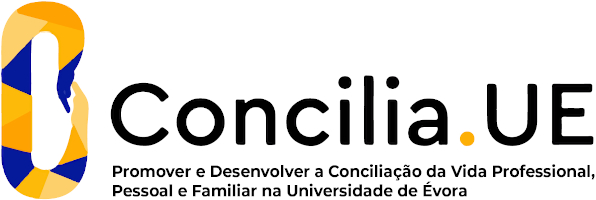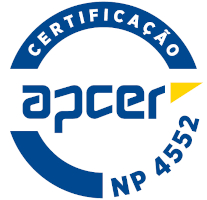2024
General History of Art
Name: General History of Art
Code: HIS10829L
6 ECTS
Duration: 15 weeks/156 hours
Scientific Area:
History of the Art
Teaching languages: Portuguese
Languages of tutoring support: Portuguese
Regime de Frequência: Presencial
Presentation
Deepening the knowledge in the field of Western Art History; developing a taste for artistic and cultural heritage; and raising awareness of the diversity of visual languages. This will be done through the observation and interpretation of several artistic genres: painting, sculpture, architecture.
Sustainable Development Goals
Learning Goals
With this Course it is intended that Students deepen their knowledge of Western Art History, in a diachronic perspective. Students are expected to identify major chronological periods, artistic movements and historical-cultural contexts.
There are four main goals:
a) Knowing how to recognise works of art, integrating them into their respective periods and artistic movements;
b) Knowing how to historically frame and understand the main artistic movements and trends;
c) Understanding the (unique) value of a work of art, set in artistic, cultural and historical contexts;
d) Developing a taste for and sensibility towards the artistic and cultural heritage;
e) Exercising practical skills in reading and interpreting different kinds of works of art.
There are four main goals:
a) Knowing how to recognise works of art, integrating them into their respective periods and artistic movements;
b) Knowing how to historically frame and understand the main artistic movements and trends;
c) Understanding the (unique) value of a work of art, set in artistic, cultural and historical contexts;
d) Developing a taste for and sensibility towards the artistic and cultural heritage;
e) Exercising practical skills in reading and interpreting different kinds of works of art.
Contents
1. Dialogue with a work of Art:
1.1. Identifying the artistic object.
1.2. How to read different types of works.
1.3. Main genres and themes.
1.4. Materials, media and techniques.
1.5. The current keepers of the work of Art.
2. Main stages of Western Art History:
2.1. Origins and development of Art in Prehistory and Antiquity.
2.2. From Art as a technical and visual formulation of Early Classicism to the aesthetic transformations of Late Antiquity and the Early Middle Ages.
2.3. The Peak of Medieval Art. The programmes of Romanesque and the advent of Gothic.
2.4. Renaissance (late Flemish School and Italian Schools).
2.5. Renaissance and Mannerism (1500-1550). The maniera and the establishment of the norm and the model.
2.6. The Art of the Baroque. Urbanism as an artistic work.
2.7. The Art between Classicism and Romanticism.
2.8. The nineteenth century: Neoclassicism and Romanticism. From Realism to Post-Impressionism.
2.9. Revivalisms and Modern Art.
2.10. From the post-war
1.1. Identifying the artistic object.
1.2. How to read different types of works.
1.3. Main genres and themes.
1.4. Materials, media and techniques.
1.5. The current keepers of the work of Art.
2. Main stages of Western Art History:
2.1. Origins and development of Art in Prehistory and Antiquity.
2.2. From Art as a technical and visual formulation of Early Classicism to the aesthetic transformations of Late Antiquity and the Early Middle Ages.
2.3. The Peak of Medieval Art. The programmes of Romanesque and the advent of Gothic.
2.4. Renaissance (late Flemish School and Italian Schools).
2.5. Renaissance and Mannerism (1500-1550). The maniera and the establishment of the norm and the model.
2.6. The Art of the Baroque. Urbanism as an artistic work.
2.7. The Art between Classicism and Romanticism.
2.8. The nineteenth century: Neoclassicism and Romanticism. From Realism to Post-Impressionism.
2.9. Revivalisms and Modern Art.
2.10. From the post-war
Teaching Methods
Considering that the courses learning objectives have a theoretical and practical nature, we chose to teach in a predominantly visual and direct way: by the observation and analysis of works of art; by the use of videos, interactive websites and PowerPoint presentations; and also by guided visits to Museums and Monuments.
Assessment can be through an exam (100%) or continuous process, according to the criteria defined in RAUÉ. However, priority is given to continuous assessment; this consists of two tests (25%+25%), the participation of students in class, the completion of at least ¾ of the practical work and small reports of observation and analysis of works (50%). Students are thus encouraged to a regular and critical monitoring of the subject
Teaching Staff
- Maria Teresa de Araújo Silva Amado [responsible]





















